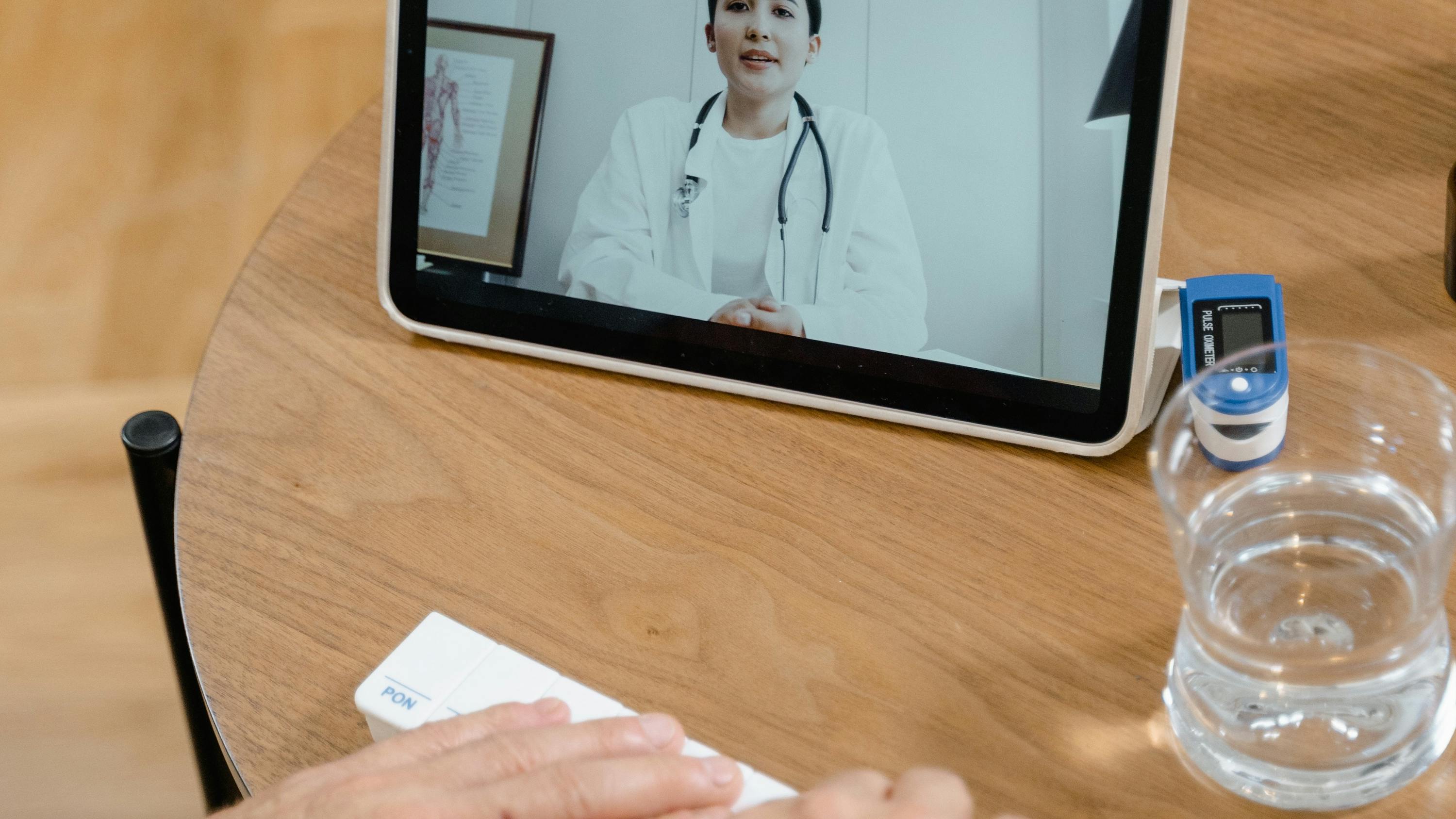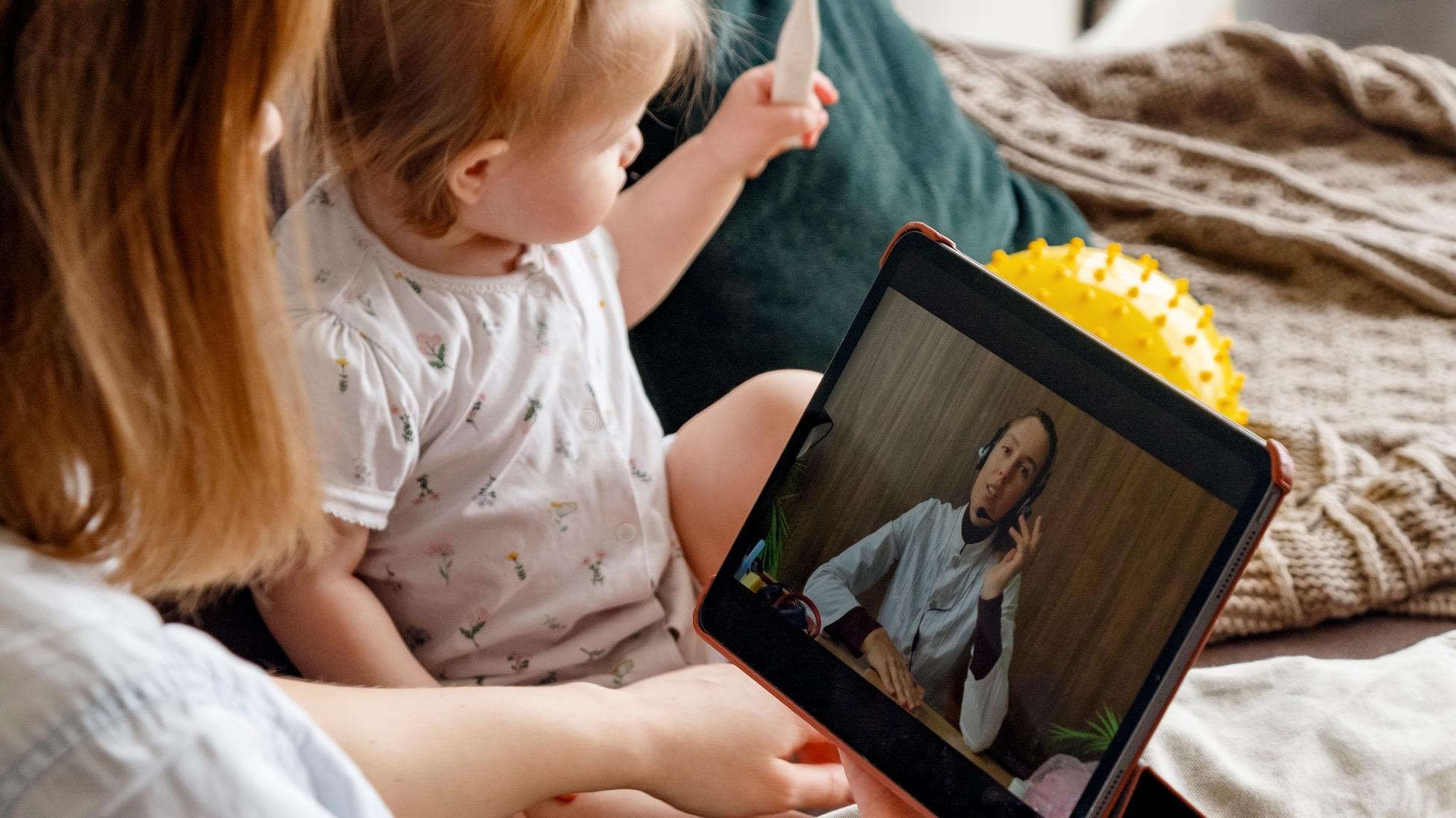
Patient Experience Design: 5 Tech Trends Shaping the Future of Care


Many factors are fueling the healthcare industry’s rapid evolution, but one stands out as a primary driving force: Americans want a better patient experience, and they want it now.
The majority of American adults (73%) say the healthcare system isn’t meeting their needs, and 66% say their providers seem more rushed than they used to be. Nearly half of patients (49%) feel their providers don’t always listen to them, and 54% believe their health would improve if the system ran more smoothly.
While there are no simple solutions to these challenges, AI and other emerging technologies offer hope for positive change. New innovations are already enabling better patient experiences, higher satisfaction, and improved health outcomes, and we’ve only just entered a new era of patient experience design.
Let’s take a look at five key trends shaping the future of the patient experience:
Personalization, Powered by AI
Experts estimate that healthcare organizations have reached the “halfway point” in adopting AI models, with many providers using the technology to deliver hyper-personalized treatment plans and interventions.
AI makes quick work of what was once an insurmountable task. The latest tools can quickly analyze massive pools of patient data to deliver tailored recommendations, provide relevant support resources, and customize care plans.
For example, AI is improving the online scheduling process by aggregating data related to patient preferences, past availability, and geography. Patients can use these tools to make more informed decisions and gain access to the most relevant, convenient healthcare for their needs. Providers can also leverage AI listening tools to transcribe or translate clinical notes. They can use the same technology to upload notes to the electronic health record, automate follow-ups, and schedule future appointments. These time-saving tools allow providers to spend more time focused on relationships with patients, improving the experience for both parties.
In the future, predictive analytics, virtual health assistance, wearable devices, and other AI-driven technologies have the potential to improve everything from patient safety to decision-making and diagnostics. These tools are already fostering hyper-personalized patient experiences that drive better engagement and patient outcomes, and their future role will be even more critical.
Emphasizing Empathy for Better Outcomes
Empathy-driven design is part of a greater trend toward holistic care, putting patients’ emotional needs and experiences at the forefront of healthcare innovation. Providers are taking a more compassionate, supportive approach rather than seeing patients as a problem to be solved. They’re addressing patients’ fears, preferences, and concerns, resulting in all-around better outcomes for patients and providers alike.
Here are examples of empathy-driven design in healthcare:
Enhancing the pre-visit experience with streamlined scheduling, intake forms, and patient education
Redesigning intake forms to be automated, electronic, and include questions related to patient preferences and feelings
On-going empathy training to teach providers greater emotional awareness and self-management techniques
Redesigning patient care to be centered around patient perspectives and priorities
Prioritizing patient-focused web design to encourage engagement and cater to patient needs
These examples highlight a growing emphasis on patient journey mapping, which assesses behavioral and emotional factors to better understand patients’ key pain points and obstacles to success. With this approach, patients are more likely to adhere to care plans, feel connected to their provider, and have a greater sense of control over their health.
Increasing Comfort and Convenience with Telemedicine
Telemedicine became popular out of necessity during the pandemic. But the convenience and flexibility of this approach quickly caught on, and now the trend shows no signs of slowing down — even though lockdowns and social distancing are now a distant memory.
The latest surveys reveal that 80% of patients have used telemedicine services at least once. The care offered via video consultation has proven equivalent to in-person care, with one study revealing that telehealth diagonses match up with in-person diagonses almost 90% of the time.
With this exponential growth comes the rise of micro trends like telehomecare, mobile health, and even telehospitals — virtual healthcare facilities that use digital technologies to remotely consult, monitor, and serve patients.
Innovations like virtual triage can greatly improve the patient experience by limiting the spread of infectious illness, diverting primary care needs to the most applicable settings, and sending only the most urgent needs to the emergency department. This reduces queues across all disciplines and allows providers to dedicate more time to the patients who need them most.
Proactive Care, Fueled By Wearable Devices
From health trackers to medication reminders, wearable devices and health apps are empowering more patients to take the wheel when it comes to health and well-being. These technologies offer real-time insights and support for managing health goals and conditions, encouraging patients to engage, follow treatment plans, and manage their health.
Experts believe wearables have the potential to completely reshape the patient experience over the next decade, especially when it comes to symptom triage and personalized health plans. Keep in mind: the latest wearables go well beyond fitness tracking.
These emerging technologies combine the power of advanced bio-sensing technologies with AI to offer insights, analytics, and preventative treatment plans. One study revealed that AI and wearables have the power to improve overall health performance by nearly 24%.
Patient Well-Being, Fostered by Communication and Collaboration
Collaborative care models are gaining traction as one of the best ways to enhance patient satisfaction and well-being. Here are some of the ways providers, patients, and caregivers are fostering collaboration for better health outcomes:
Remote monitoring tools: Patients and caregivers can communicate with healthcare providers, access medical advice, and manage chronic conditions from the comfort of home.
Transition planning initiatives: Healthcare providers work with caregivers and patients to ensure smooth transitions between hospitals, rehabilitation centers, home care, and other settings.
Patient education programs: Patients and caregivers learn more about health, self-management, and preventative care, empowering them to make informed decisions about their health.
Care coordination: Care coordinators work closely with providers, patients, and caregivers to seamlessly transition the care and continuity of services for patients with complex needs.
Interprofessional collaboration is also gaining popularity, promoting greater communication between doctors, social workers, nurses, and other healthcare professionals. These multidisciplinary teams meet regularly to discuss patient needs, share expertise, and develop holistic treatment plans that address the patient’s physical, emotional, and social needs.
Embracing Total Experience in Healthcare
Patients are demanding better healthcare experiences, and the industry is answering the call with the help of AI, telemedicine, wearable devices, and more. These trends are revolutionizing the industry by enabling more proactive, personalized care that increases patient satisfaction and improves health outcomes at the same time.
Better patient experiences are an excellent start but just one piece of the puzzle. In reality, the most innovative healthcare organizations are embracing a Total Experience approach — one that completely transforms how providers, patients, and technology interact.
If your organization wants to be a winner in the digital age, Rightpoint can help. Get in touch to learn more about building better experiences for all who interact with your institution, from patients to providers and beyond.


